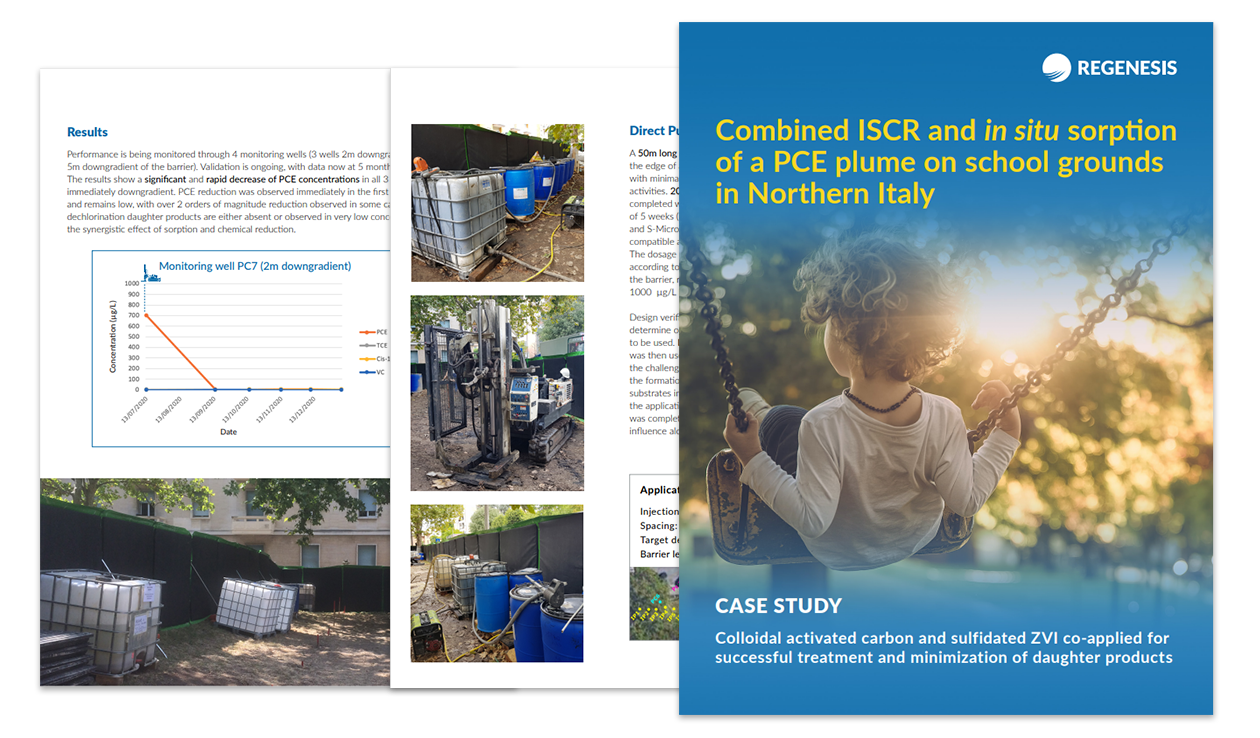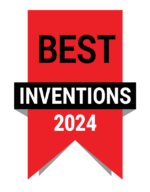Combined ISCR and in situ sorption of a PCE plume on school grounds in Northern Italy
Background
An ongoing manufacturing facility located within a major Italian city created a widespread tetrachloroethene (PCE) contaminant plume in the underlying aquifer. The highly aerobic aquifer has inhibited natural attenuation, with no daughter products detected even after many years. Environmental company TAUW is in charge of this site and has implemented hydraulic containment within the factory grounds, as required by law. However, there remained a need to target the plume beyond the site boundary. This external plume needed a considered approach, as it was spread across a large urban residential area with accessibility only in public parks, streets, municipal properties and on a school ground. TAUW determined that a series of in situ barriers would be used, as they could be installed within the limited access locations and cause little disturbance at the surface. The barriers provide years of treatment from a single application and are entirely passive, requiring no operation or maintenance. A combination of In Situ Chemical Reduction (ISCR) and In Situ Sorption was selected for the barrier composition, with REGENESIS’ products S-MicroZVI® and PlumeStop® to be injected into six barriers. The simultaneous use of these technologies would provide rapid removal of the contaminants from the groundwater, complete degradation and minimisation of daughter products. A Master Plan was agreed with the local Authorities, with the intention to complete a series of barriers across the city to deplete plume concentrations.

 Americas
Americas Europe
Europe Français
Français Deutsch
Deutsch Italiano
Italiano Español
Español




